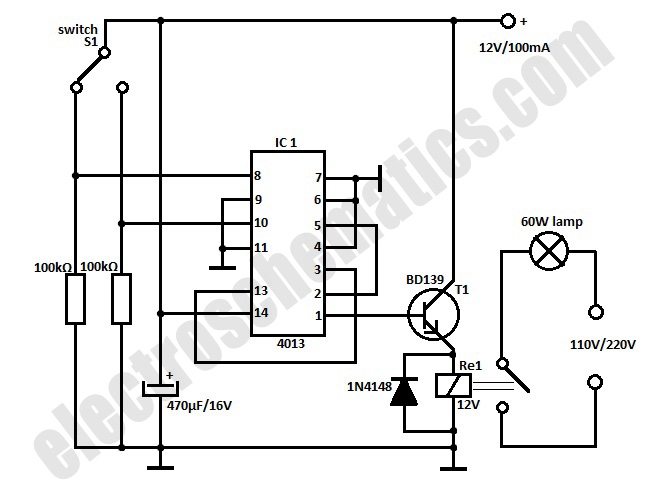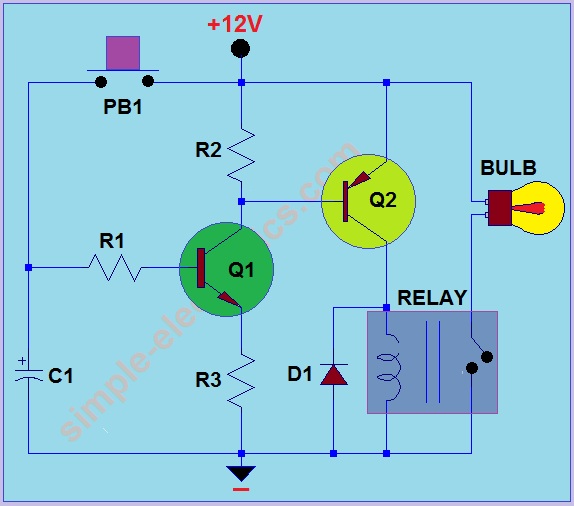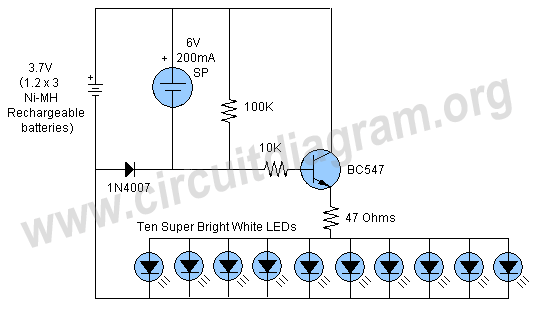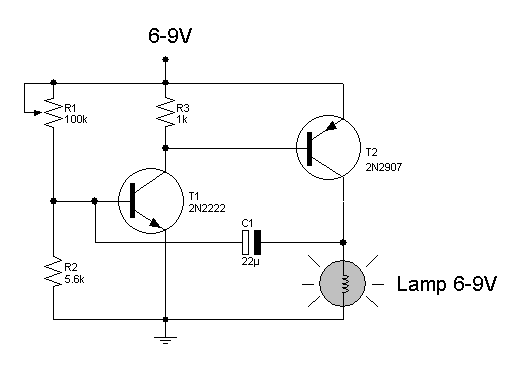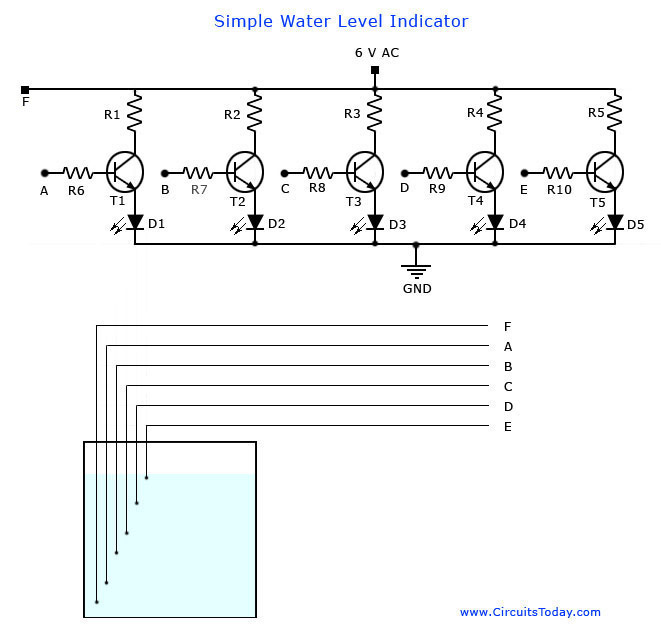
Light Sensor including Photocell and LDR Sensor
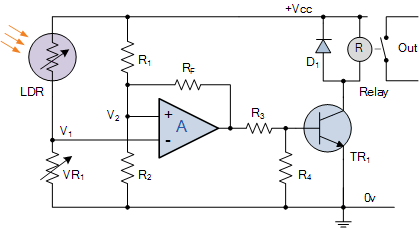
Electronics tutorial about light sensors including photocells, LDR, photodiodes, phototransistors, photovoltaic cells, and light-dependent resistors.
Light sensors are crucial components in various electronic applications, enabling devices to respond to changes in ambient light levels. This tutorial covers several types of light sensors, each with unique properties and applications.
Photocells, also known as photoresistors or light-dependent resistors (LDRs), are variable resistors whose resistance decreases with increasing light intensity. They are commonly used in outdoor lighting systems, streetlights, and automatic night lights, where they can switch on or off based on surrounding light conditions.
Photodiodes are semiconductor devices that convert light into an electrical current. They are often used in communication systems, optical sensors, and safety equipment. When light photons strike the photodiode, they generate electron-hole pairs, leading to a measurable current proportional to the light intensity.
Phototransistors are similar to photodiodes but offer amplification. They can switch larger currents and are commonly used in applications such as light detection in remote controls and automatic lighting systems. Their sensitivity to light allows them to function effectively in various lighting conditions.
Photovoltaic cells, or solar cells, convert light energy directly into electrical energy through the photovoltaic effect. These cells are widely used in solar panels for renewable energy applications, providing a sustainable power source for residential and commercial use.
In summary, light sensors play a vital role in modern electronics, with diverse types catering to different applications. Understanding the characteristics and operational principles of these sensors is essential for designing effective electronic systems that respond to light variations.Electronics Tutorial about Light Sensor including Photocells, LDR, Photodiodes, Phototransistors, Photovoltaic Cells and Light Dependent Resistor.. 🔗 External reference
Light sensors are crucial components in various electronic applications, enabling devices to respond to changes in ambient light levels. This tutorial covers several types of light sensors, each with unique properties and applications.
Photocells, also known as photoresistors or light-dependent resistors (LDRs), are variable resistors whose resistance decreases with increasing light intensity. They are commonly used in outdoor lighting systems, streetlights, and automatic night lights, where they can switch on or off based on surrounding light conditions.
Photodiodes are semiconductor devices that convert light into an electrical current. They are often used in communication systems, optical sensors, and safety equipment. When light photons strike the photodiode, they generate electron-hole pairs, leading to a measurable current proportional to the light intensity.
Phototransistors are similar to photodiodes but offer amplification. They can switch larger currents and are commonly used in applications such as light detection in remote controls and automatic lighting systems. Their sensitivity to light allows them to function effectively in various lighting conditions.
Photovoltaic cells, or solar cells, convert light energy directly into electrical energy through the photovoltaic effect. These cells are widely used in solar panels for renewable energy applications, providing a sustainable power source for residential and commercial use.
In summary, light sensors play a vital role in modern electronics, with diverse types catering to different applications. Understanding the characteristics and operational principles of these sensors is essential for designing effective electronic systems that respond to light variations.Electronics Tutorial about Light Sensor including Photocells, LDR, Photodiodes, Phototransistors, Photovoltaic Cells and Light Dependent Resistor.. 🔗 External reference
